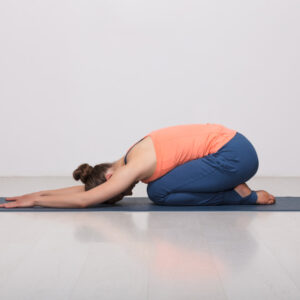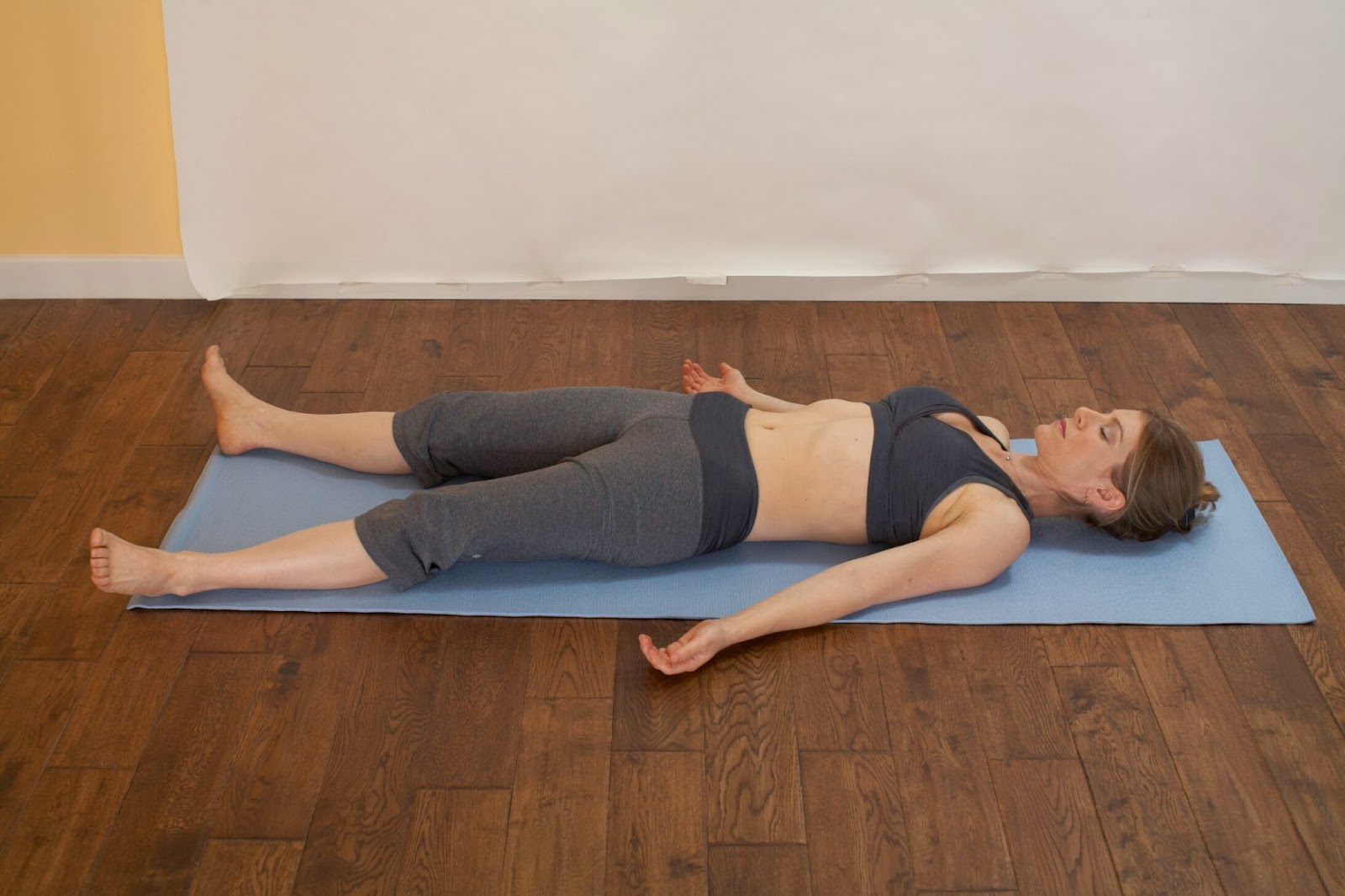The calming, hypnotic effect of asanas can be achieved in three ways:
1. Do asanas in a tilt (especially sitting) – they activate the parasympathetic system, and you calm down. Direct effect: decrease in the frequency and strength of heart contractions.
Examples of asanas for calming action https://www.julianalucky.com/:
Paschimottanasana (“Back Stretch Pose”).
Uttanasana (“Forward bend (toward the feet)”), Padahastasana (“Head to toe (tilt) pose (with foot grip)”) and Padangushthasana (“Big Toe Grab Pose (forward bend)”)
Janu Sirshasana (“Head to Knee Pose”).
Ardha Baddha Padmottanasana (Half Lotus Reclining Pose).
Prasarita Padottanasana (“Tilt-extension pose to the feet (in a wide stance)”). Do not twist (Parivrtta Prasarita Padattonasanu).
2. Do stretching asanas (especially those where stretching is performed in an inclination) – they help to relax the muscles, and help to achieve peace of mind and relaxation of the whole body.
Examples of stretching asanas (for calmness and against stress):
Parshvottanasana (“Intense Direct Extension”)
Utthita Parshvakonasana (Intense Lateral Stretch)
Upavishta Konasana (“Seated Bend with Legs Wide”)
Utthita Trikonasana (Elongated Triangle Pose)
Triang Mukha Ekapada Paschimottanasana (“Forward bend with back extension”)
Urdhva Prasarita Ekapadasana (“Bend over with one leg extended upwards”)
Parighasana (The Pose of the Bolt).
3. Doing asanas that require maximum effort, which is then replaced by relaxation. This is, first of all, the paradoxical technique of Navasana-Shavasana. As well as the performance of any other laborious asanas (for example, it can be Druta Halasana “Dynamic Plow Pose”), before a long Savasana. For many beginners, even just doing Paripurna Navasana for 2-3 minutes before a long Savasana of 15-20 minutes will give the desired effect!
